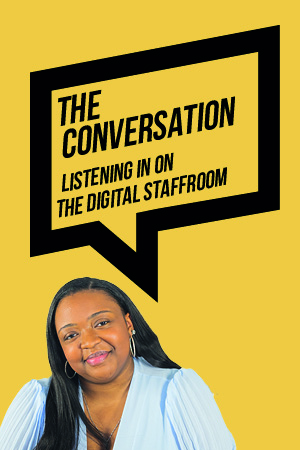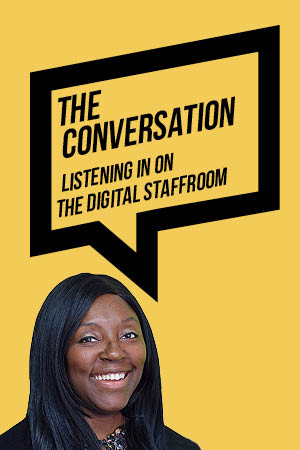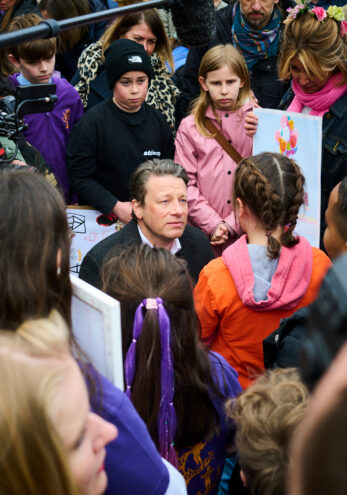Publisher
Routledge
ISBN 10
From the start the authors state that their main reason for this book is to “help open up the lines of communication between researchers, teachers and students”. Anyone would be hard-pressed to argue that they don’t achieve their aim.
It begins with a destruction of the “learning styles” myth, which isn’t new for those with their finger anywhere near the pulse, but it quickly develops into something far more fascinating as Weinstein and Sumeracki unpack much of the language and ideas behind what we mean when we talk about “research”. There is a clear explanation, for example, of the difference between neuroscience and cognitive psychology, and of concepts such as null hypotheses and lab trials.
The writers explore some of the reasons why teachers are often disinclined to engage in research, while breaking down the very barriers they discuss. Teachers and students should welcome this attempt to demystify the role that researchers play in supporting education.
One of the strengths is the way the writers practise what they preach. They discuss at length the advantages of using concrete examples when explaining abstract concepts, and their exemplification of key concepts, such as phonological loops or limited capacity resource models, is non-patronising, but wholly accessible. Captivating stories, such as that of HM, a patient who lost his long-term memory, illustrate their arguments further and the brief digression into neuroscience is completely engaging, even for a layperson such as myself.
The second half moves beyond research findings and focuses on practical strategies. These build on the theoretical understanding discussed earlier on, giving the text a coherence and providing further evidence of the positive impact this research can have in the classroom. In some ways there’s nothing new here; if we imagine that most of the readers of this book are likely to be those who already engage in debate and reading in some form, then the strategies discussed are, thankfully, the same as those that have been written about numerous times.
The writers practise what they preach
However, the straightforward descriptions of the various trials that sit behind the findings add an extra dimension. These create a very persuasive argument and caution against the dangers of teachers and leaders parroting what “the research says” without fully understanding the evidence behind it.
A final treat are the bitesize tips for students, teachers and parents. Depending on the context of your setting, I think the information would need filtering through teachers first, rather than handing straight to students and parents, but there is a wealth of information here to form the basis of student and parent support materials.
And finally to the illustrations. I have to admit to being rather biased going into this review. I saw Oliver Caviglioli speak at ResearchEd in Birmingham and adored the clarity of both his talk and his illustrations. His unfussy style didn’t disappoint in this book and the visual summaries at the start of each chapter will be extremely helpful in re-examining it at a later date, which I surely will.
However, I must admit that I did struggle to simultaneously follow the illustrations while reading the text, particularly when they appeared mid-paragraph it often made me think that I was missing something. For this reason, I think it’s probably useful to flick back over the illustrations when you finish each chapter.
And beyond slightly increasing my risk of papercuts, I loved it. An accessible, fascinating journey through research methods, findings and application. If every teacher across our multi-academy trust could apply these findings (and there’s nothing so complicated here that this couldn’t be done), the benefits to student learning could be enormous.












Your thoughts